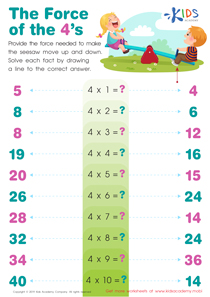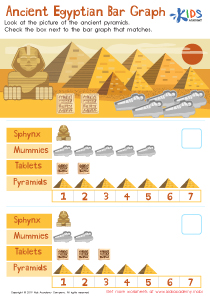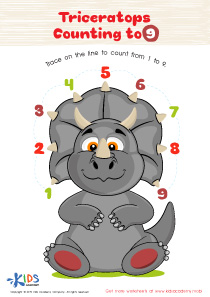Understanding fractions Easy Geometry Worksheets for Ages 4-6
6 filtered results
-
From - To
Unlock your child's math potential with our "Understanding Fractions" Easy Geometry Worksheets designed for ages 4-6! These engaging worksheets simplify the concept of fractions, making it accessible and enjoyable for young learners. Through fun visuals and interactive activities, children will explore the basics of whole and fractional parts, enhancing their understanding of quantities and relationships. Our carefully crafted worksheets promote critical thinking and reinforce foundational skills, setting the stage for future math success. Ideal for preschool and kindergarten students, this resource is perfect for parents and educators seeking to make learning fractions a delightful experience. Start your child's mathematical journey today!
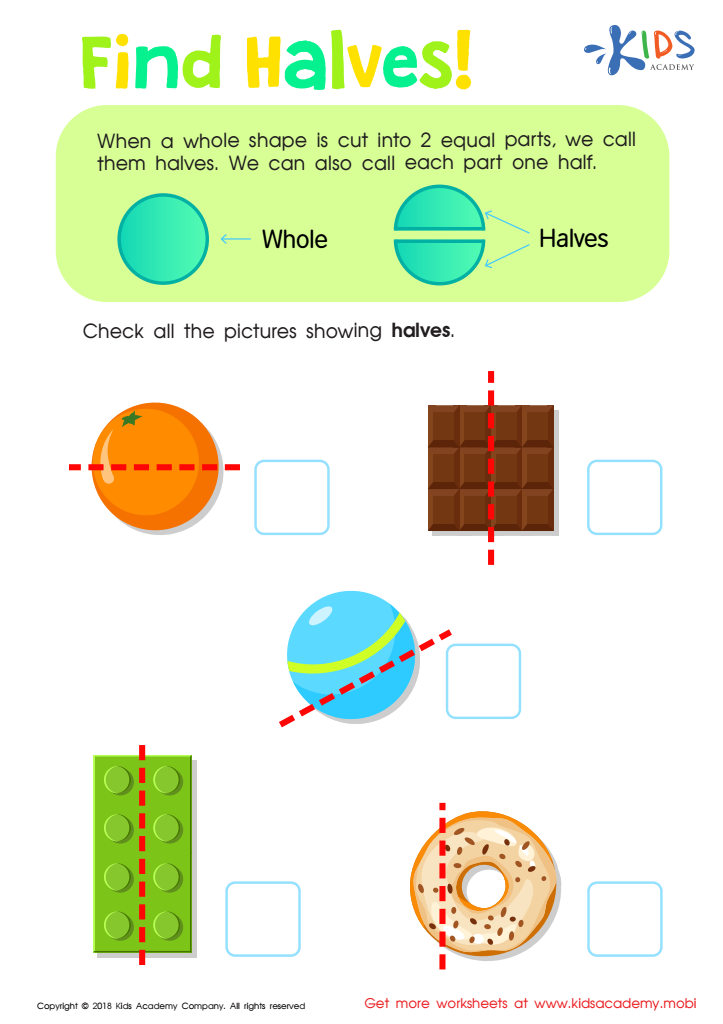

Find Halves Worksheet
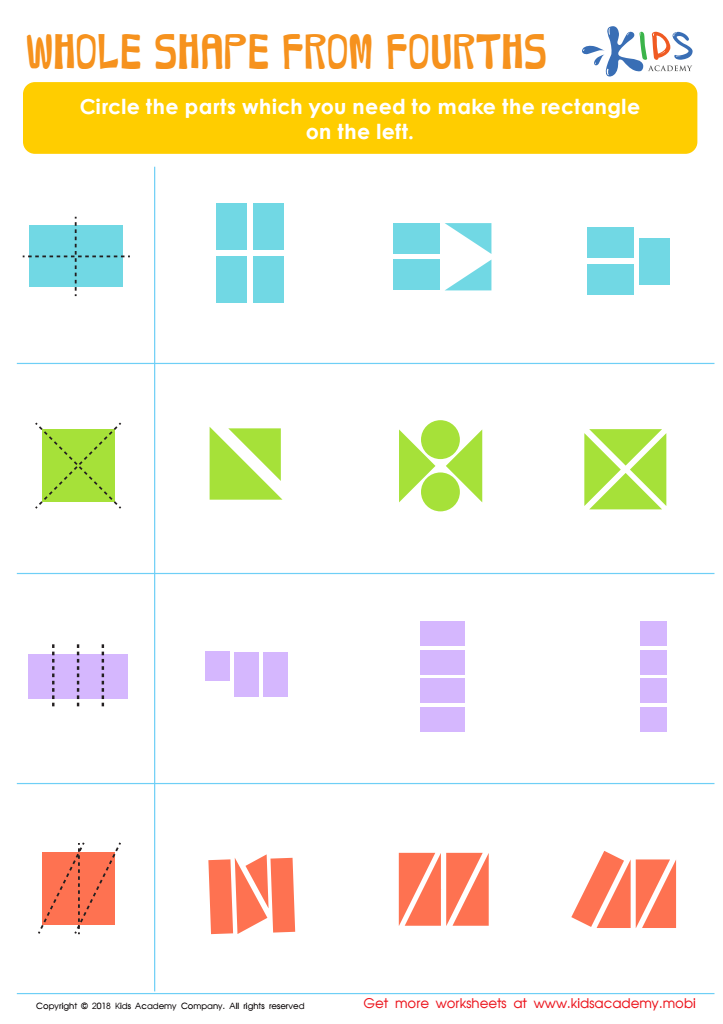

Whole Shape from Fourths Worksheet


Comparing Shares Worksheet
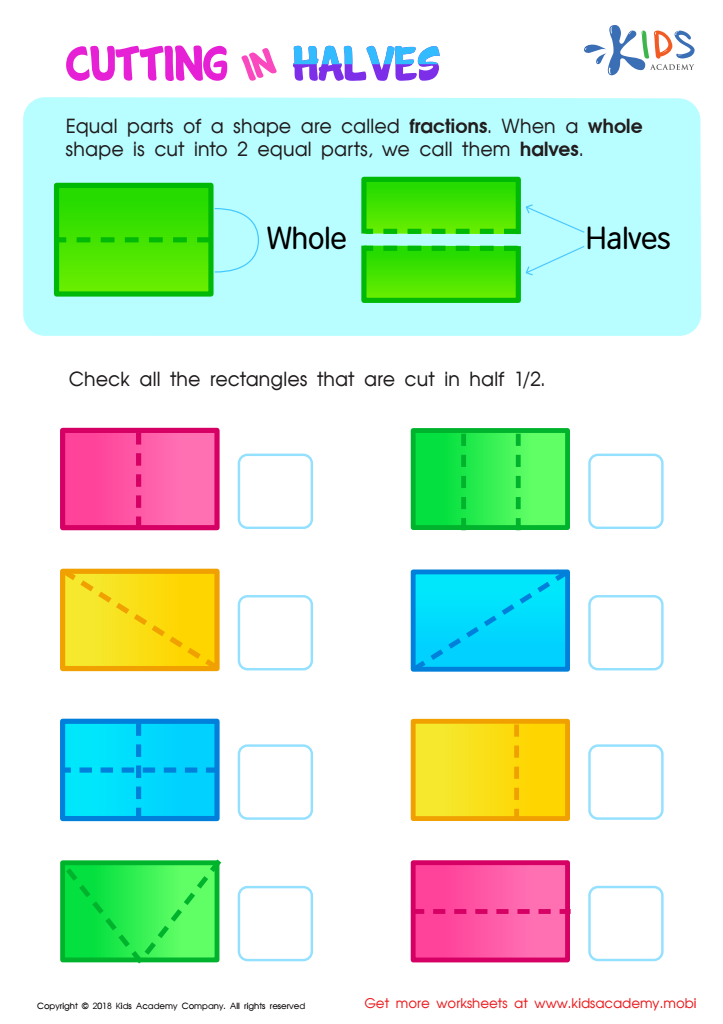

Cutting in Halves Worksheet
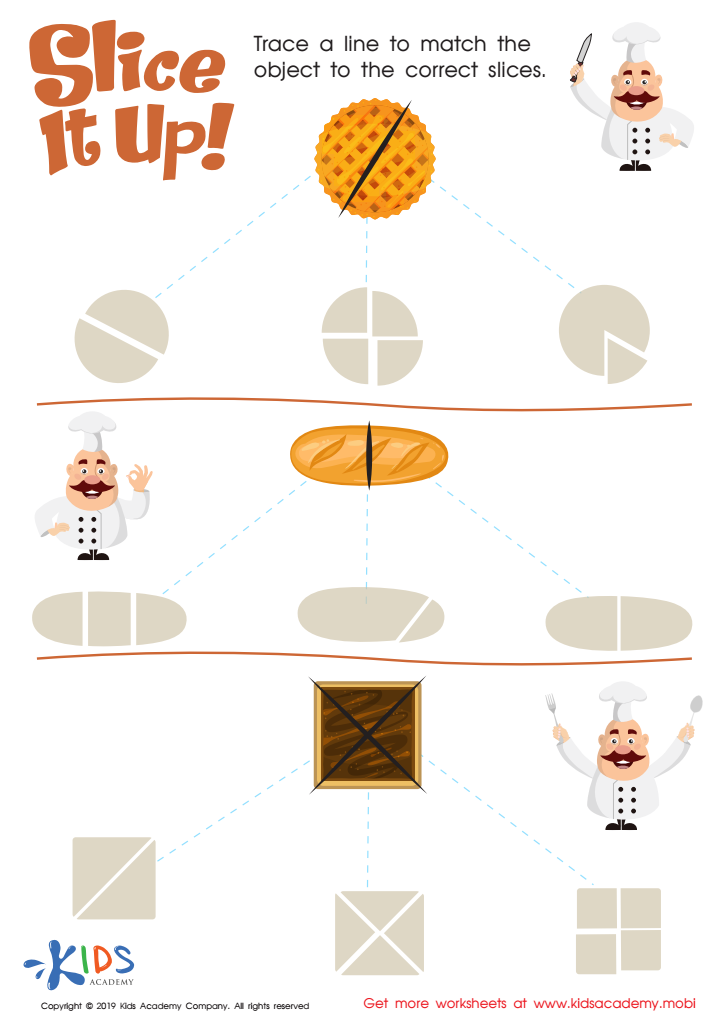

Slice It Up Worksheet
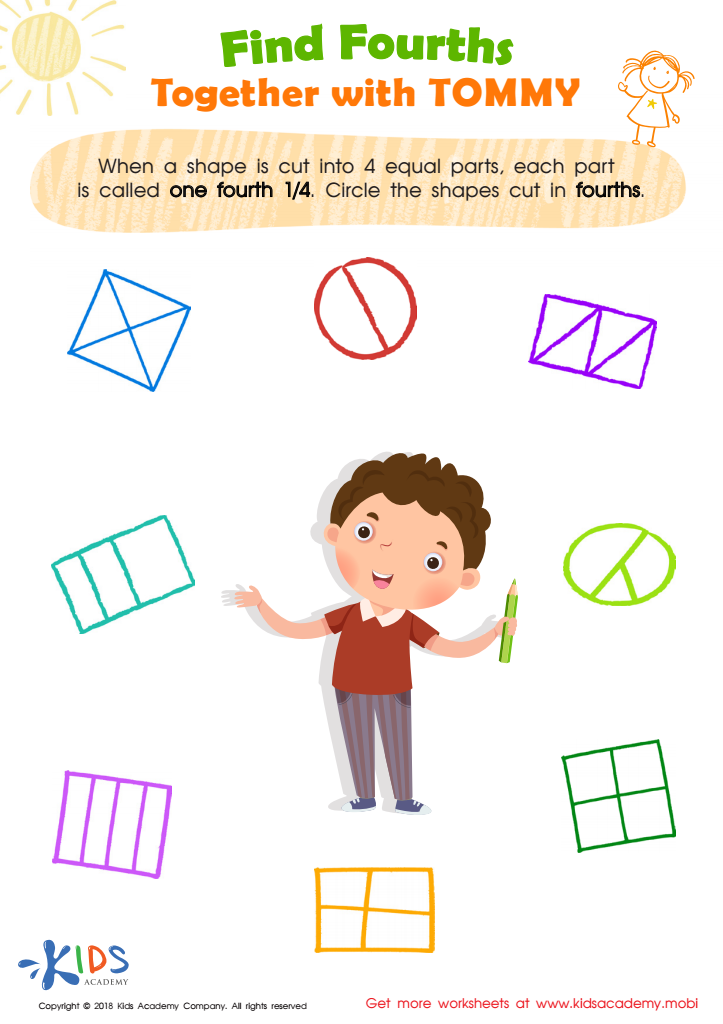

Find Fourths Together with Tommy Worksheet
Understanding fractions and basic geometry is essential for young children aged 4-6 as it builds a solid foundation for future mathematical skills. At this stage, children are naturally curious and eager to explore concepts that shape their understanding of the world. By introducing them to fractions through relatable, everyday examples—like sharing food or dividing a toy—they begin to grasp important ideas about parts and wholes. This early comprehension fosters critical thinking and problem-solving abilities they will use throughout their education.
Moreover, basic geometry, such as recognizing shapes, spatial relationships, and patterns, is equally crucial. It helps enhance a child’s observation skills and encourages them to think systematically about their surroundings. Engaging in geometric activities promotes cognitive development, allowing children to categorize and differentiate various objects based on shape, size, and color.
As parents and teachers nurture these concepts, they not only prepare children for more complex mathematical ideas in later years but also instill a love for learning. By making mathematics fun and accessible, adults can reduce math anxiety, empowering the next generation to approach mathematical challenges with confidence and positivity. Ultimately, early exposure to these concepts is a vital step in fostering a lifelong appreciation of mathematics.
 Assign to My Students
Assign to My Students






















